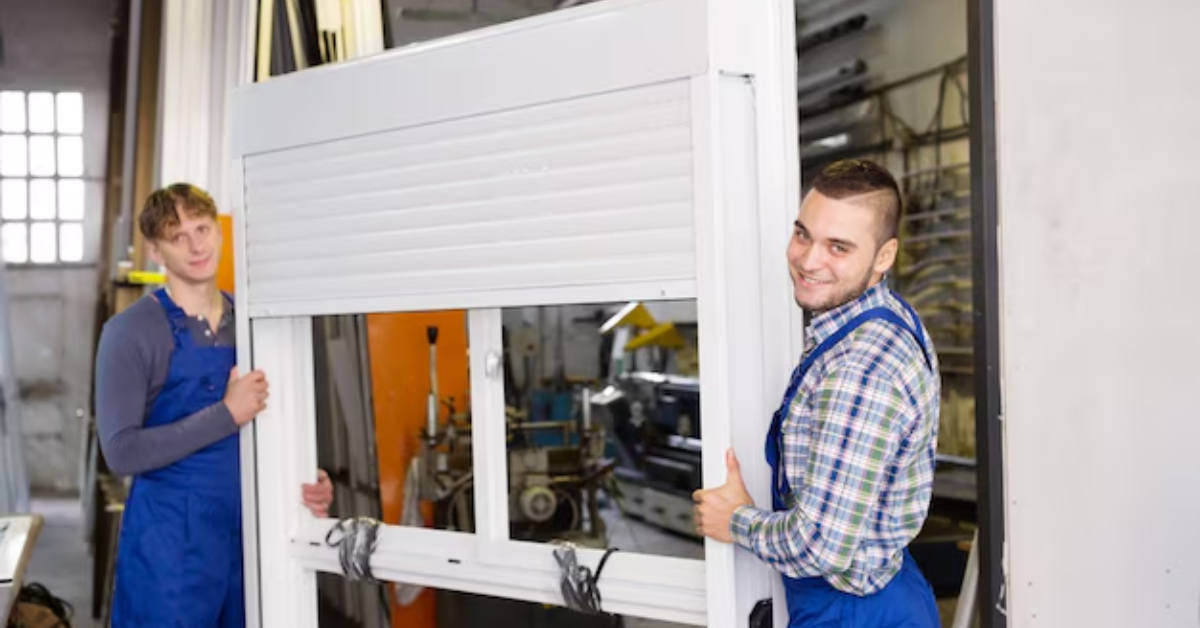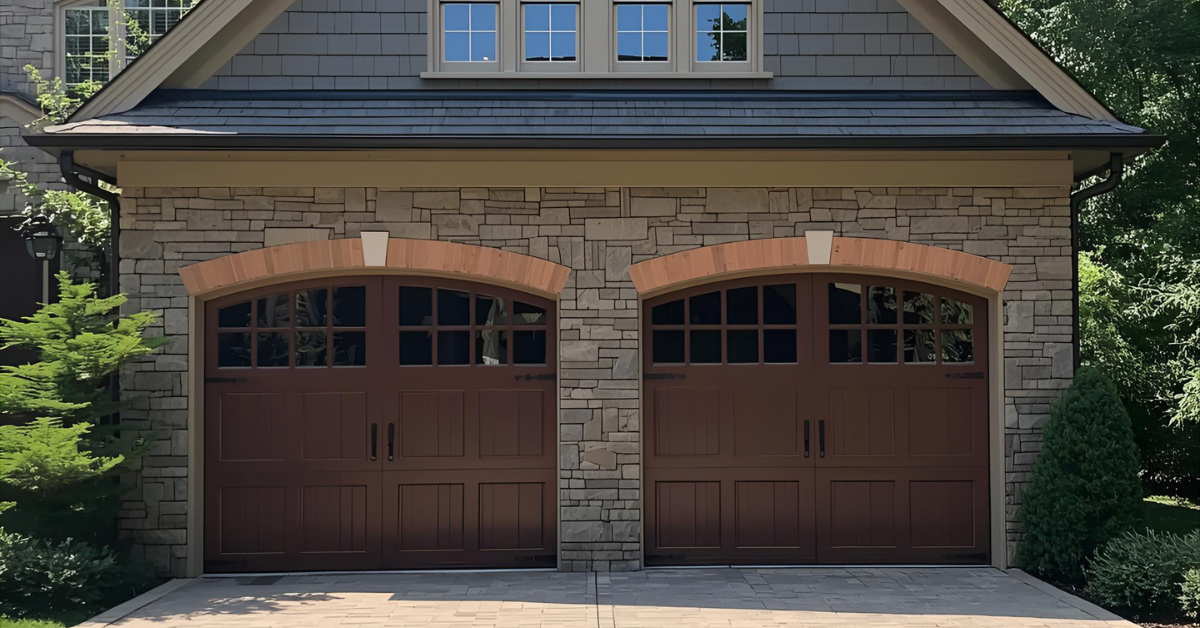How to Install a Wayne Dalton Garage Door?
When it comes to upgrading your home’s exterior, a new garage door is one of the best investments you can make. Not only does it enhance curb appeal, but it also improves security and functionality. Wayne Dalton garage doors are a popular choice among homeowners because of their durability, style options, and easy-to-follow installation process.
If you’re a homeowner considering a do-it-yourself (DIY) project, installing a Wayne Dalton garage door can be a rewarding task—provided you follow the right steps. In this guide, we’ll walk you through how to install a Wayne Dalton garage door, highlight important safety tips, and share insights to make the process smooth.
Why Choose a Wayne Dalton Garage Door?
Before diving into the installation, it’s worth mentioning why Wayne Dalton stands out. These garage doors are known for:
- Variety of Styles – From traditional to modern designs, Wayne Dalton offers a wide range of options to suit different homes.
- Durability – Made from steel, wood, or fiberglass, they are designed to withstand weather and daily use.
- Innovative Systems – Options like the Wayne Dalton TorqueMaster spring system make installation and operation safer.
- Insulation – Many models come with
insulation for better energy efficiency and noise reduction.
Understanding these benefits helps homeowners feel more confident in their choice.
Tools and Materials You’ll Need
Before starting, make sure you have the necessary tools:
- Power drill and bits
- Level
- Hammer
- Wrenches and socket set
- Screwdriver
- Stepladder
- Safety glasses and gloves
Your Wayne Dalton garage door kit will include panels, hinges, tracks, rollers, and all required hardware. Always double-check your kit to ensure nothing is missing.
Step-by-Step Guide to Installing a Wayne Dalton Garage Door
Step 1: Prepare the Opening
First, inspect the garage door opening. Ensure the framing is square and level. Any uneven surface can cause problems during installation. Clear the space of debris and remove the old garage door if replacing one.
Step 2: Install the Bottom Panel
Place the bottom panel into the opening and set it directly on the threshold. Use a level to make sure it’s straight. Once aligned, attach the hinges and insert the rollers on each side. This forms the foundation of the door, so take your time to get it right.
Step 3: Add Additional Panels
Stack the next panel on top of the bottom one, aligning it carefully. Connect the hinges between the two panels, then insert rollers into the side brackets. Repeat this process until all panels are stacked and secured. For taller doors, this may require several panels.
Step 4: Install the Tracks
Next, set up the vertical tracks on each side of the door. These guide the rollers as the door opens and closes. Attach the tracks to the door frame with brackets, making sure they’re plumb (perfectly vertical). Then, connect the horizontal tracks that extend into the garage ceiling.
Step 5: Secure the Spring System
Wayne Dalton doors often use the TorqueMaster spring system, which is safer than exposed torsion springs. Follow the manual closely when installing this component. The spring system counterbalances the weight of the door, allowing it to move smoothly. Improper installation here can lead to performance issues or safety risks, so double-check everything before moving on.
Step 6: Install the Lift Mechanism
If you’re adding an automatic garage door opener, this is the time to install it. Attach the opener to the ceiling, connect it to the door with the arm, and follow the manufacturer’s instructions for wiring and programming.
Step 7: Test the Door
Finally, test your Wayne Dalton garage door manually before using the opener. It should open and close smoothly without jerking or sticking. If it feels heavy, the spring system may need adjustment. Once satisfied, connect the opener and test again.
Safety Tips to Keep in Mind
- Always wear protective gear when handling springs and heavy panels.
- Never attempt to force a panel into place if it doesn’t align properly—check the frame instead.
- If you feel uncomfortable handling the spring system, consider hiring a professional installer.
Installing a garage door involves heavy components and tensioned springs, which can be dangerous if mishandled. Safety should always be the top priority.
Professional Installation vs. DIY
While Wayne Dalton makes DIY installation possible, not every homeowner may feel comfortable tackling it. Hiring a professional ensures the job is done quickly and safely, often with a warranty. However, doing it yourself can save money and give you a sense of accomplishment.
If you’re a beginner, weigh the pros and cons. For many homeowners, installing the panels and tracks themselves and leaving the spring system to professionals is a balanced approach.
Maintenance After Installation
Once your new Wayne Dalton garage door is installed, proper maintenance will extend its lifespan.
- Lubricate moving parts – Rollers, hinges, and springs should be lubricated every few months.
- Inspect hardware regularly – Tighten loose bolts and brackets to avoid wear.
- Clean panels – Wash the door surface occasionally to maintain its appearance.
- Test safety features – If you have an opener, make sure the safety sensors are working.
Conclusion
Learning how to install a Wayne Dalton garage door can be an empowering project for homeowners. With the right tools, preparation, and attention to detail, you can enhance your home’s curb appeal and functionality in just a few hours. While DIY installation saves costs, never compromise on safety—especially when working with spring systems.
Whether you decide to handle the project yourself or bring in a professional, a new Wayne Dalton garage door is an investment that pays off in convenience, security, and style.
FAQs About Installing Wayne Dalton Garage Doors
Q1. How long does it take to install a Wayne Dalton garage door?
A: For DIYers, installation can take 4–6 hours depending on experience. Professionals may finish in 2–3 hours.
Q2. Can I install a Wayne Dalton garage door without professional help?
A: Yes, if you have basic tools and follow the instructions. However, handling the spring system can be challenging for beginners.
Q3. What is the TorqueMaster system?
A: It’s Wayne Dalton’s enclosed spring system, designed for safety. Unlike exposed torsion springs, the TorqueMaster hides the springs inside a tube, reducing risk.
Q4. Do I need special tools for installation?
A: Most installations require common household tools, though some spring adjustments may need specific winding tools.
Q5. How often should I maintain my garage door?
A: Lubricate moving parts every 3–4 months and schedule a full inspection at least once a year.




